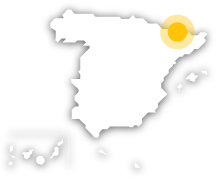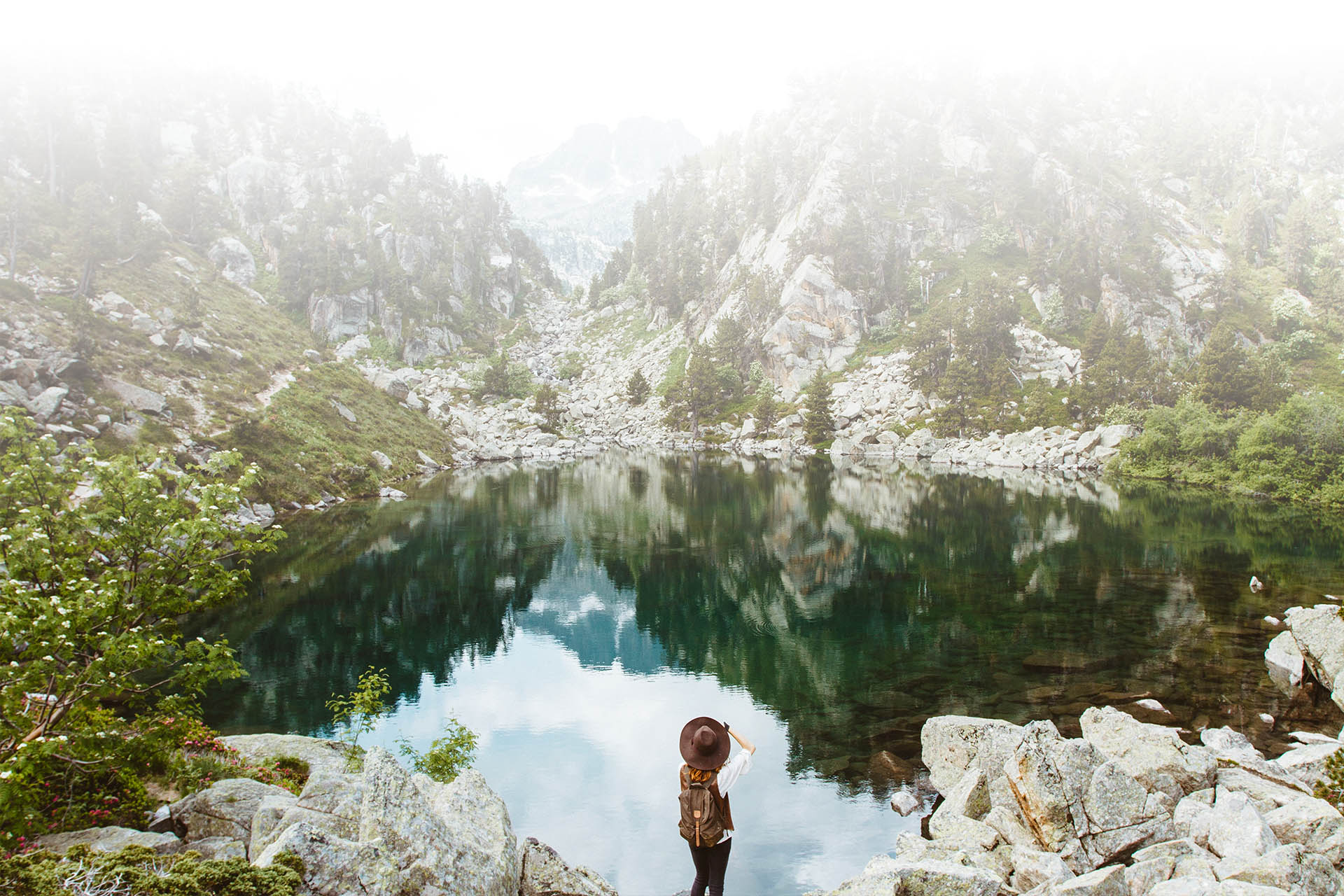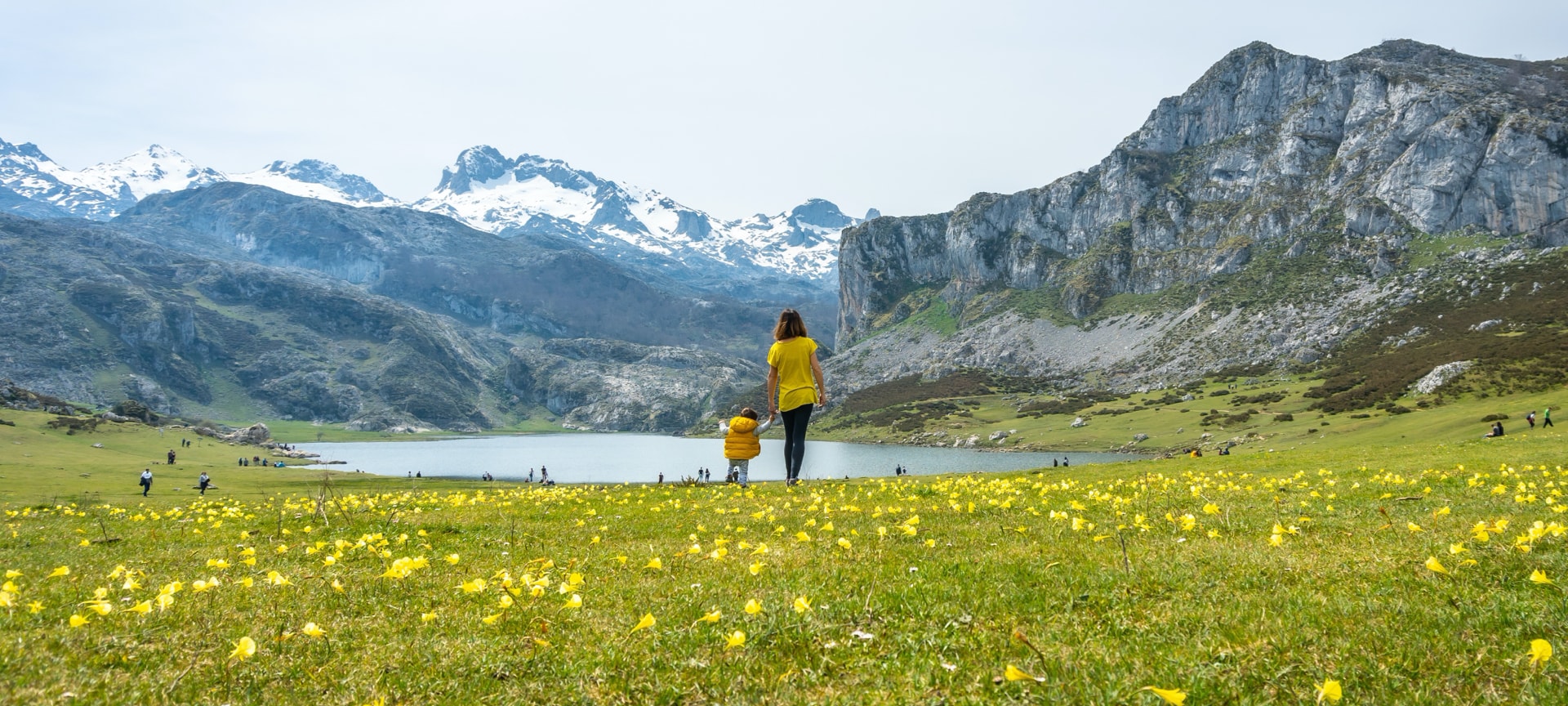
Aigüestortes i Estany de Sant Maurici National Park

All about water
Everything revolves around water in this National Park north of Lleida . Located in the Central Pyrenees, Aigüestortes i Estany de Sant Maurici is an Eden in which rivers, streams and lakes (more than 200) create a beautiful setting where life springs forth. Mountain peaks rising over 3,000 metres form a picture-perfect landscape, where you can literally submerge yourself in the abundant waters that bring life to these lands.
Aigüestortes i Estany de Sant Maurici National Park
The park is in the province of Lleida (Catalonia), in north-eastern Spain.
Lleida (Catalonia)
Lleida (Catalonia):
- Alt Àneu
- Espot
- Esterri d'Àneu
- Sort
- Vielha e Mijaran
- Vilaller
Ca de Simamet
Calle de les Graireres, 2
25528 Boí, Vall de Boí, La, Lleida (Catalonia)
Carrer de Sant Maurici, 5
25597 Espot, Lleida (Catalonia)
Activa JS
In images
What you need to know
-
What you will find
You will discover how the water from thawing Pyrenean snow and ice creates an ecosystem for flora and fauna to thrive. With elevations ranging from 1,200 to 3,000 metres, the park includes valleys, alpine pastures, and evergreen and deciduous forests stretching up to the rugged summits above. Special mention should be made of Los Encantados, two almost twin peaks that offer one of the most spectacular panoramic views of the Pyrenees. The combination of stone and water also creates some stunning formations, like the Valle del Río San Nicolás, a unique river valley in a gorge running through the high mountains.And lakes, lakes and more lakes. The park takes its name from the largest, Sant Maurici, but there are more than 200 lakes in the park. You can see the surrounding forests and mountaintops, such as the Estanys d´Amitges reflected in their crystal waters, or you can follow the aigüestortes (winding waters in Catalan) that meander along the multiple rivers criss-crossing the park.All of which create the perfect habitat for the park's wildlife. Lift your gaze to contemplate the flight of majestic birds like the golden eagle, or the bearded vulture, which has one of the largest wingspans in the world. On land, there are two other emblems of the Pyrenees: the grouse, an eye-catching bird; and the chamois, a goat-antelope native to the region, who is able scramble into the most unexpected areas of the park.
-
Routes around the Park
There are 27 hiking routes around the park. The routes are well signposted and there are numerous natural viewing points where you can enjoy the spectacular views Aigüestortes has to offer. Remember to take a map of the area before entering and to wear appropriate mountain footwear.As well as enjoying the park on foot, another great way to explore is by bicycle. There are up to 13 routes to try out, with flat options that are ideal for family excursions, and mountain bike experiences that are only suitable for well-prepared travellers. Whatever you choose, there's always something in Aigüestortes for you.Map of Aigüestortes i Estany de Sant Maurici National Park
-
Don't leave without...
Discover some of Spain's best-preserved Romanesque architecture and art. Marvel at the 11th- and 12th-century churches of the Vall de Boí, a wonderful introduction to the Romanesque architecture of Spain and Catalonia. Buildings with almost one thousand years of history will conquer the hearts of anyone who loves artistic heritage. Eight churches and one hermitage testify to the passing of time in this region, where you can get a real glimpse into the past.If you visit during June or July, let yourself get swept up in the famous Fallas festival, starting on the summer solstice, in five Pyrenean villages in Lleida province: Barruera, Boí, Durro, Erill la Vall and Taüll. These festivals, full of light and colour, feature the “fallaires” carrying enormous lit torches down the mountainsides into the villages. This centuries-year old tradition is one of the most magical experiences in the region, and the perfect expression of humanity communing with nature.













